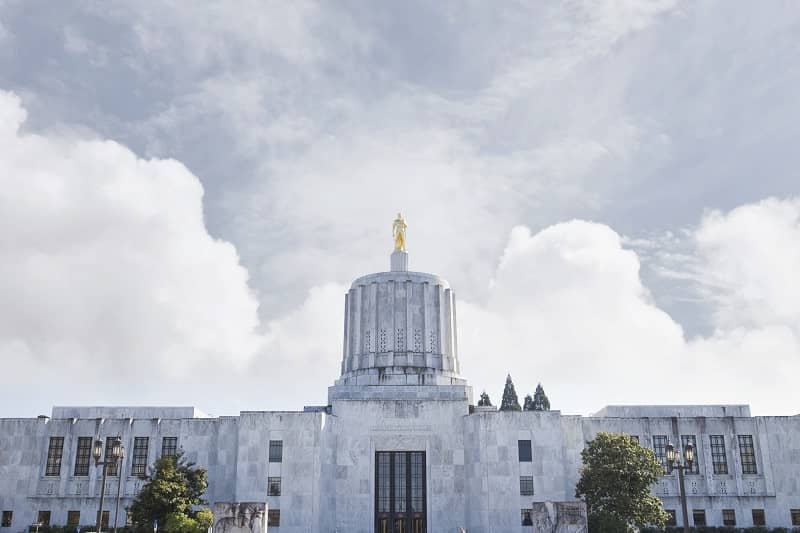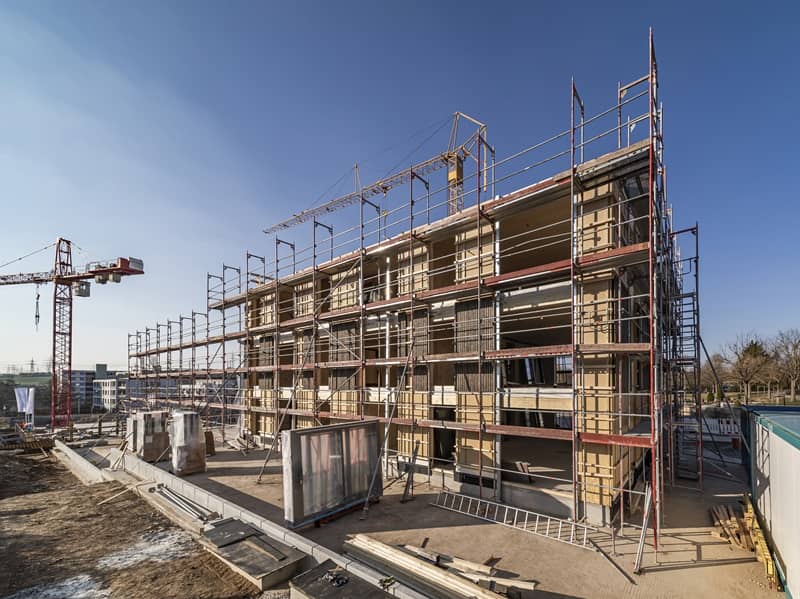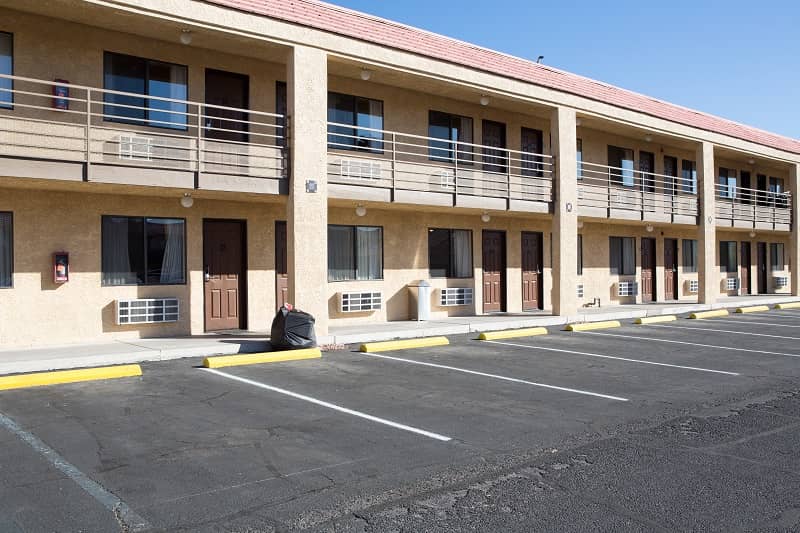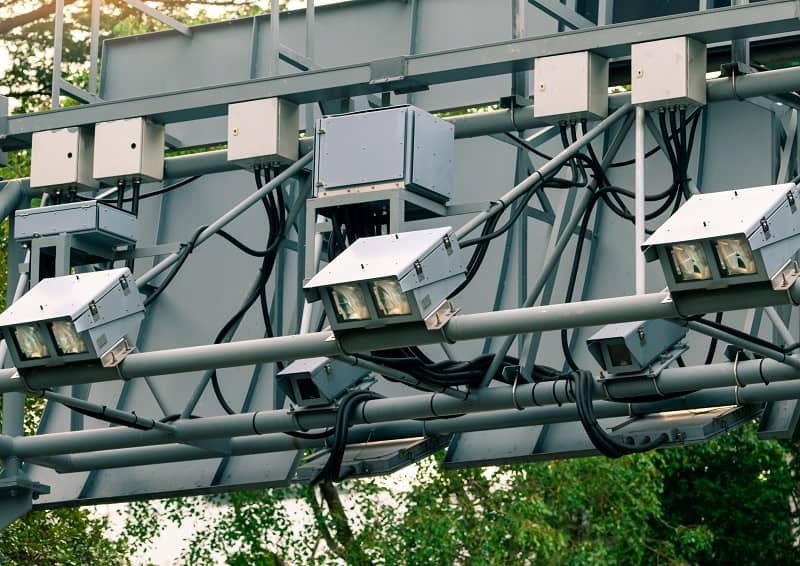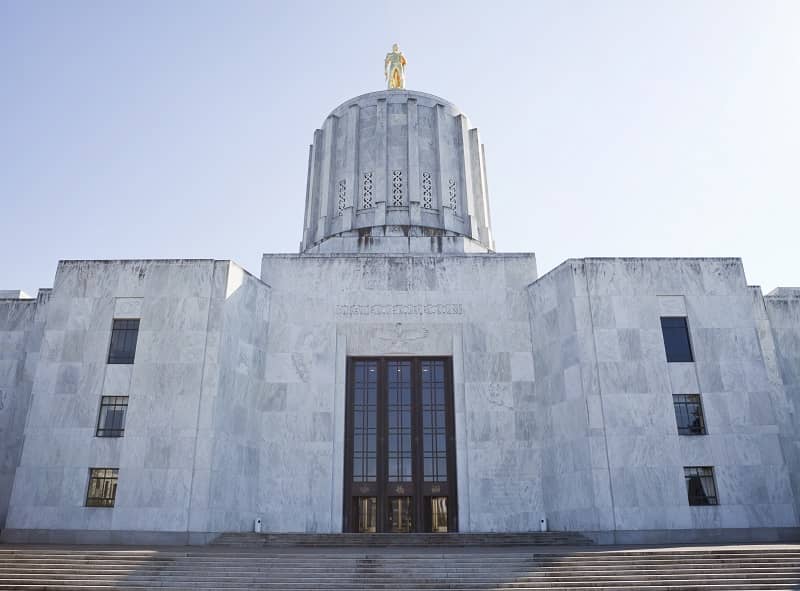Click here to read the full report in PDF format
Senate Bill 80 Amendments
Senate Bill 80 (Oregon’s cap-and-trade bill) has been amended significantly since it was first introduced in the session. The bill no longer includes the ‘trade’ part of the cap-and-trade program. SB 80-3 is seemingly a hard cap bill meaning all facilities that emit greenhouse gases (GHGs) and fall under regulation are mandated to develop a GHG reduction plan to meet the state’s reduction goals.
Misguided Purpose of Senate Bill 80-3
The main purpose of SB 80-3 is to guide the State of Oregon into developing plans that will help the state reach its GHG reduction goals of 10% below 1990 levels by 2020 and 75% below 1990 levels by 2050.
The state of Oregon is pursuing these ambitious greenhouse gas reduction goals in order to help slow or halt global warming and the damages that are assumed to accompany higher global temperatures. House Bill 3543 which established the GHG reduction goals states the purpose of the goals are, “…to take necessary action to begin reducing greenhouse gas emissions in order to prevent disruption of Oregon’s economy and quality of life and to meet Oregon’s responsibility to reduce the impacts and the pace of global warming.”[1]
Unfortunately the foundation for enacting SB 80-3 is shaky at best. Reducing greenhouse gases in Oregon will not have any discernable influence on global temperatures whatsoever. In fact, if Oregon completely reduced its emissions to zero now and into the future (well beyond the scope of SB 80-3), our state’s reductions in greenhouse gases would be completely replaced by foreign growth in 16 days, and the growth in China alone would replace any Oregon emissions reductions in 25 days[2].
Global temperatures have been declining for the past few years despite increases in atmospheric carbon dioxide concentrations. It is obvious that there are more factors that affect global temperatures than just the small amount of human emitted greenhouse gases thus a policy geared towards reducing human emitted GHGs in Oregon is a low leverage policy at best. The graphic below shows the latest plot from 2002 to 2009 of global temperatures from Satellite (UAH MSU lower troposphere) (blue) and land and ocean variance adjusted surface (Hadley CRU T3v) (pink) plotted with CO2 concentrations from Mauna Loa (green).
Costs and Implications of Senate Bill 80-3
An economic analysis, “Oregon Greenhouse Gas Reduction Policies: The Economic and Fiscal Impact Challenges,”[3] was completed in October of last year that assessed the possible economic costs of Oregon meeting its greenhouse gas reduction goals. The authors found the cost of enacting policies to meet Oregon’s 2020 reduction goal to be tremendous.
The study predicts that Oregon’s economic growth to 2020 would be cut approximately in half. Under greenhouse gas reductions the Oregon economy would grow only $58.9 billion, compared to the baseline of $107.2 billion.
Greenhouse gas reductions would result in 90,000 fewer Oregon jobs than would have existed in the absence of reductions and 2020 state and local revenues will be $4.4 billion dollars lower, making it even more difficult to fund social programs and help households adapt to significantly higher fuel and energy prices.
[1] House Bill 3543, 2007 Regular Session. Section 1. Available at < http://landru.leg.state.or.us/07reg/measures/hb3500.dir/hb3543.en.html>
[2] Ferguson, Robert. 2008. Climate Action Plans Fail to Deliver. Science and Public Policy Institute. Available at <
Wigley, T.M.L., 1998. The Kyoto Protocol: CO2, CH4 and Climate Implications. Geophysical Research Letters, 25, 2285-2288.
[3] Fruits, E. and Pozdena, R. 2008. Oregon Greenhouse Gas Reduction Policies: The Economic and Fiscal Impact Challenges. QuantEcon, Inc.
